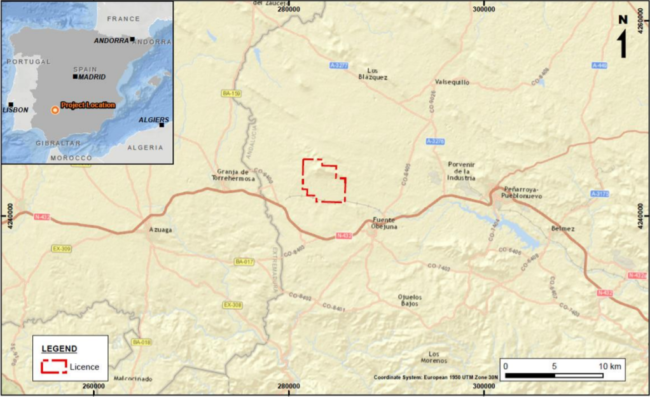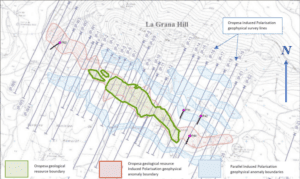 Elementos has started work to expand the mineralisation at its Oropesa project. The move follows the company’s recent positive results from its Economic Study, released in May.
Elementos has started work to expand the mineralisation at its Oropesa project. The move follows the company’s recent positive results from its Economic Study, released in May.While May’s Economic Study revealed positive outcomes for the project, Elementos has identified four key areas of optimisation for the project. This work focuses on expanding the Mineral Resource.
In early 2019, Elementos discovered parallel geophysical anomalies, one of which is partially incorporated into Oropesa’s current Mineral Resource. As part of a new drilling campaign, Elementos is targeting the other anomalies. The hope is that these contain additional tin resources.

Further drilling aims to convert existing Inferred Resources into Indicated Resources. These lower-confidence Resources were excluded from the Economic Study in order to improve stripping ratios and increase the mine life. Other, near-surface mineralisation was also excluded from the original Mineral Resource, and further drilling work would work to confirm tin occurrence.
Other optimisation work will focus on the re-evaluation and interpretation of existing data. In the early stages of the project’s exploration, drill cores were selected for assay visually. These will now be re-examined using drill core logging, XRF elemental analysis, and commercial assaying. New data will refine resource boundaries and estimate a new geological resource. Furthermore, different mineralisation styles, outlined by the previous owners of Oropesa, will be re-interpreted. This could potentially increase the near surface geological resource significantly.
Our view: Oropesa’s Economic Study already presented positive results, making the project one of the top 10 most likely projects to be developed, according to our models. Increasing the Mineral Resource further, as well as incorporating TOMRA ore sorting, could make Oropesa a more attractive investment. Further planned exploration across Elementos’ entire tenement could drastically expand the Resource.


